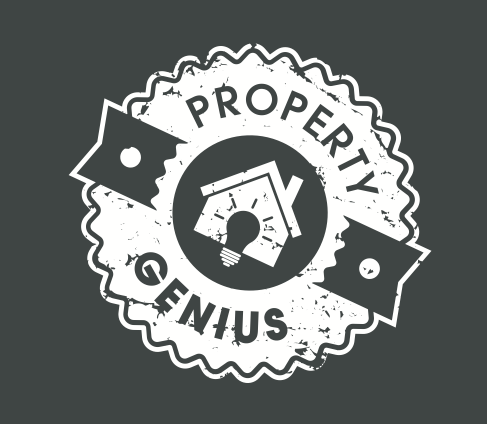What to Do If Water Is Draining Slowly
Slow drainage in your shower, toilet, or wash basin is not only inconvenient but can also lead to more severe plumbing issues if not addressed promptly. Here's a guide on how to identify and possibly resolve slow drainage issues.
Step 1: Identify the Cause
Hair and Debris: In showers and wash basins, the most common cause is a build-up of hair and soap scum.
Oils and Fats: In kitchen sinks, oils and fats can solidify and cause blockages.
Foreign Objects: Toilets can be blocked by items that should not be flushed, such as wet wipes and nappies.
Step 2: DIY Solutions
Before calling for professional help, you might want to try some DIY solutions:
Shower and Wash Basin: Use a drain cleaning tool to remove hair and other debris. Follow up with a drain cleaner if necessary.
Toilet: A plunger can often dislodge any minor blockages. For more stubborn issues, a toilet auger may be necessary.
Kitchen Sink: Use a sink strainer to catch food particles and avoid pouring oils and fats down the drain.
Step 3: When to Report the Issue
If you've tried the above steps and the issue persists, it could be a more severe drainage issue or even a broken pipe. In such cases:
Broken Pipe: If you suspect a broken pipe, this would typically be the landlord's responsibility to fix. Report the issue immediately.
Blockage: If the issue is due to a blockage caused by the tenant, it would generally be the tenant's responsibility to resolve it, possibly incurring a charge for any professional services needed.
Final Thoughts
Most of the time, slow drainage is due to a simple blockage that can be easily resolved by the tenant. Taking proactive steps can save you time and potentially avoid unnecessary costs. However, if you've tried to resolve the issue yourself without success, please log the issue through our Fixflo site for further assistance.
